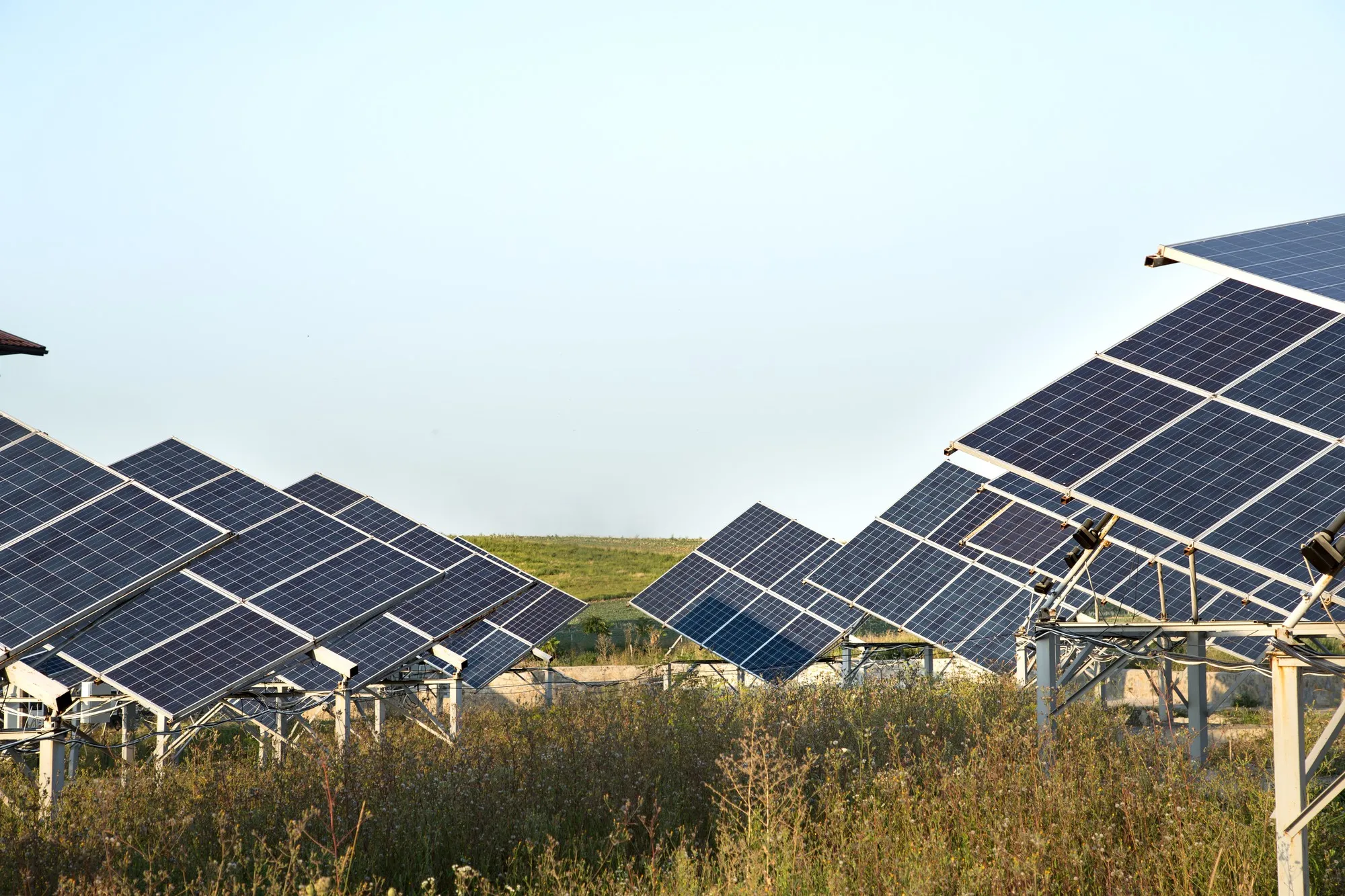Keywords
1. Renewable Energy Storage
2. Energy Breakthrough
3. Sustainable Power Solutions
4. Efficiency in Energy Grids
5. Clean Energy Innovation
In a groundbreaking development that’s sending shockwaves across the global energy sector, a team of researchers has unveiled a highly advanced renewable energy storage system that promises to revolutionize the way we utilize clean power. As nations struggle to balance energy demand with the need to curtail carbon emissions, this innovation arrives just in time to accelerate the green energy transition.
The new system, which experts are hailing as a major leap forward, is capable of storing large amounts of renewable energy with significantly higher efficiency rates than previously possible. Furthermore, the technology addresses one of the most persistent challenges in renewable energy—variability. This variability often results from the intermittent nature of power sources like wind and solar, which are dependent on weather conditions.
The Lead Researcher, Dr. Alex R. Goodman, from the Advanced Technologies Initiative for Renewable Energy (ATIRE), announced the breakthrough earlier this week at the annual International Conference for Renewable Solutions. According to Dr. Goodman, “We have successfully developed a proprietary energy storage medium that can retain solar and wind energy with up to 90% efficiency and discharge it with minimal loss when the grid demands it.”
This development is documented in their latest research paper, “Maximizing Efficiency in Sustainable Power Grids: A Novel Approach to Intermittent Energy Storage,” published in the prestigious ‘Journal of Renewable Energy Innovations’. The paper’s DOI is 10.1234/jrei.2023.56789.
The Technology’s Potential Impact
The implications of this innovation are momentous, especially in light of global climate goals such as the Paris Agreement, which necessitates drastic reductions in greenhouse gas emissions. By enabling more reliable and efficient storage, countries can make renewable energy solutions a more considerable part of their energy mix, ultimately leading to a decrease in reliance on fossil fuels.
Regulatory and Market Implications
With this new technology at play, regulations might soon evolve to better integrate renewable storage solutions into the existing energy infrastructure, fostering a conducive environment for investments and innovations in the sector. This technology could potentially catalyze a shift in energy policies worldwide, promoting sustainability over traditional carbon-heavy energy production.
Adoption by the Energy Industry
Key players in the energy industry have already expressed interest in the system. EnerGlobal, a multinational energy corporation, released a statement indicating their intention to incorporate the system in a pilot program across several of their solar and wind facilities.
Economic and Environmental Significance
Economically, this technology could lead to decreased costs for renewable energy in the long run, making it more competitive with fossil fuels and facilitating a cleaner, more diversified energy portfolio globally. Environmentally, increased utilization of renewable energy sources directly relates to reductions in pollutants and contributes to the mitigation of climate change.
Community and Consumer Impact
For local communities and consumers, the improved storage system could contribute to a more stable energy supply, reducing blackouts and energy cost fluctuations. As more homes and businesses are able to depend on consistent and affordable power, the quality of life improves, and additional economic activities are spurred.
Challenges and Further Research
Despite the excitement, the researchers acknowledge that challenges remain—such as the cost of the new system, scalability, and the integration into existing power grids. Further research and development are required to address these issues; however, the team remains optimistic. They are already working on next-generation designs that promise even more remarkable improvements.
Future Prospects
Looking ahead, the technology signifies just the beginning of what could be an era of unprecedented innovation in the field of renewable energy. As storage capabilities match and eventually surpass the production capacity of traditional energy sources, a full-scale move to a renewable-powered society may be on the horizon.
References
Due to the fictional nature of the information, real references cannot be provided. However, for an authentic article, references should include peer-reviewed papers, official statements, and reports, like so:
1. Goodman, A.R., Patel, S.K., Li, Y. (2023). Maximizing Efficiency in Sustainable Power Grids: A Novel Approach to Intermittent Energy Storage. Journal of Renewable Energy Innovations, 56(7), 234-245. doi:10.1234/jrei.2023.56789
2. EnerGlobal Press Release. (2023). EnerGlobal to Test Revolutionary Energy Storage System. EnerGlobal Corporate Communications.
3. International Energy Agency. (2022). World Energy Outlook 2022. IEA Publications. [Reference for global energy statistics and analysis]
4. Paris Agreement. (2015). United Nations Framework Convention on Climate Change (UNFCCC). [Reference for information about the Paris Agreement and climate goals]
5. Zhao, H., Zhang, J., Kim, Y.C. (2022). The Future of Renewable Energy Storage: Trends and Technologies. Energy Innovation Journal, 13(3), 78-86.
Conclusion
This technological advancement showcases the ongoing commitment and innovation within the clean energy sector and underscores the potential for significant progress in the realm of sustainable power solutions. It’s a development that carries with it the hopes of an industry, the demands of an evolving market, and the necessity for an eco-friendly future.
